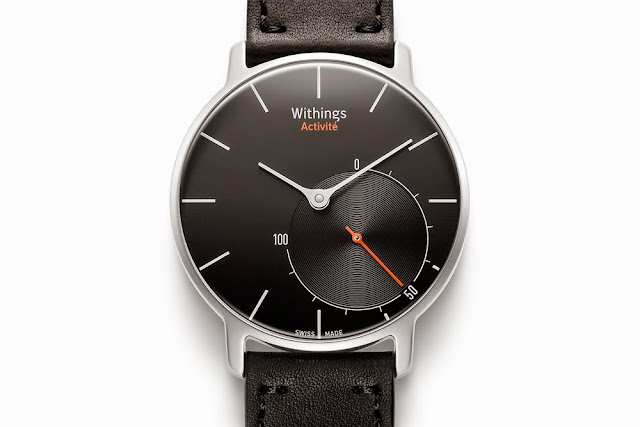 |
| dewitt.ch |
A one-of-a-kind DeWitt minute repeater/split-seconds chronograph with a second time zone, based on an extremely rare vintage movement from the historic Vallée de Joux specialist Victorin Piguet.
A visit to the DeWitt manufacture in Geneva to gain a detailed understanding of the wristwatch’s construction.
A visit to the de Witt family’s private museum dedicated to their ancestor, Napoléon Bonaparte.
Starting at $1.628 Million,
Like many watch collectors, Jérôme de Witt has a passion for the complex history of his craft—so great a passion, in fact, that the founder of the Geneva watch company DeWitt maintains his own museum of antique watches and movements. In his continual quest for new specimens for his collection, he stumbled a few years ago upon an unexpected treasure within a cache of early-20th-century tourbillon movements by the Vallée de Joux manufacturer Victorin Piguet that he had purchased. “My associate, who used to work for Patek Philippe, had also not seen a movement like it,” he says. “It is a minute repeater with an unusual split-seconds chronograph that we think was made sometime in the 1930s.”
Victorin Piguet is a name only occasionally heard in watch circles today, but at one time, the company contributed to some of the most prestigious complicated watches ever made. During the early decades of the last century, Piguet and later his sons made ébauches—raw, unfinished movements that watchmakers at the various brands would decorate, assemble, and adjust. Victorin Piguet had a reputation for producing highly complicated movements, especially minute repeaters, which made the firm a favorite of such brands as Vacheron Constantin and Patek Philippe. The famous Super complication built by Patek Philippe for Henry Graves Jr., for example, benefited greatly from the company’s expertise.
 |
| dewitt.ch |
In using this vintage mechanism as the basis for a more complicated watch, DeWitt, which has been making its own movements for more than a decade, revives the modus operandi of most traditional 20th-century watch brands—though the completed timepiece will bear DeWitt’s signature modern touches. “Besides cleaning and finishing [it], we will be making a few changes to the basic movement,” explains de Witt. “We will be upgrading a few of the springs and, of course, adding another complication plate to the dial side.” Among the contemporary additions will be the second time-zone display with day/night indication, which a pusher under the crown can conveniently adjust, and a playful pair of windows near the top of the dial that will open to reveal a moving graphic display when the repeater strike activates.
 |
| dewitt.ch |
Despite these alterations, most collectors will agree with de Witt’s contention that the watch’s true soul derives from the part that has survived over so many decades—particularly as the venerable device harbors some technical surprises of its own. Unlike with traditional split-seconds complications, which are normally built right on top of the primary chronograph mechanism, this particular movement places the split-seconds assembly on the side opposite the chronograph—a highly unusual and complex arrangement. “I have been trying to convince my watchmakers that it is possible to transmit energy from one side of a movement to the other,” says de Witt. “This movement proves it was already done nearly 80 years ago.”




